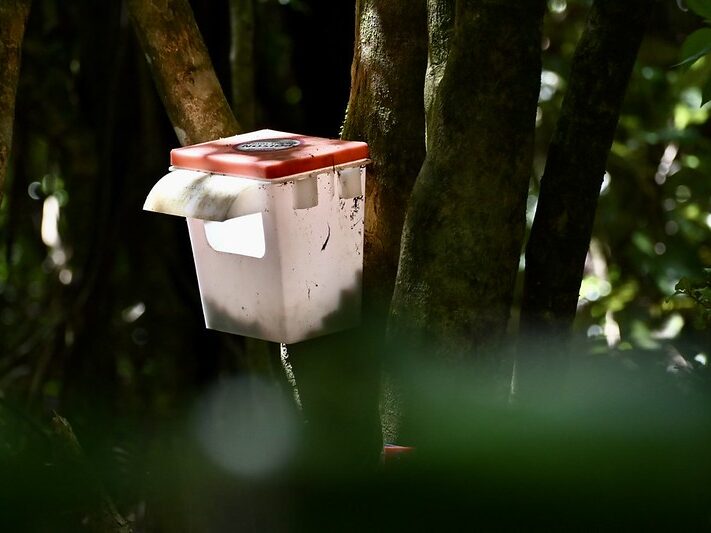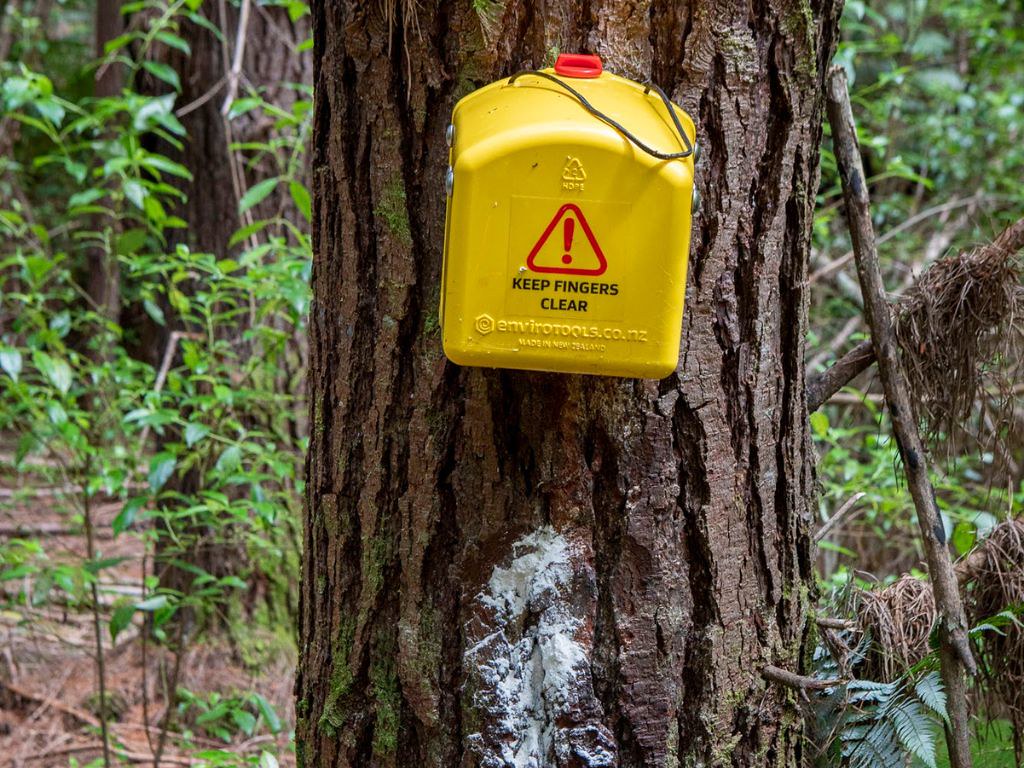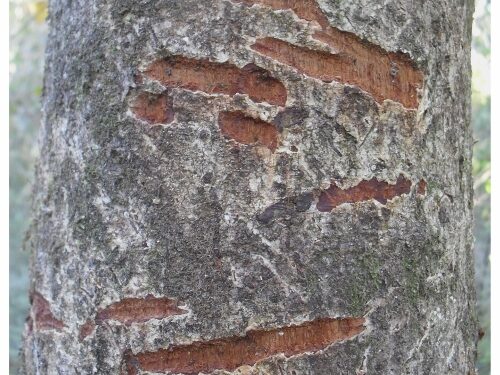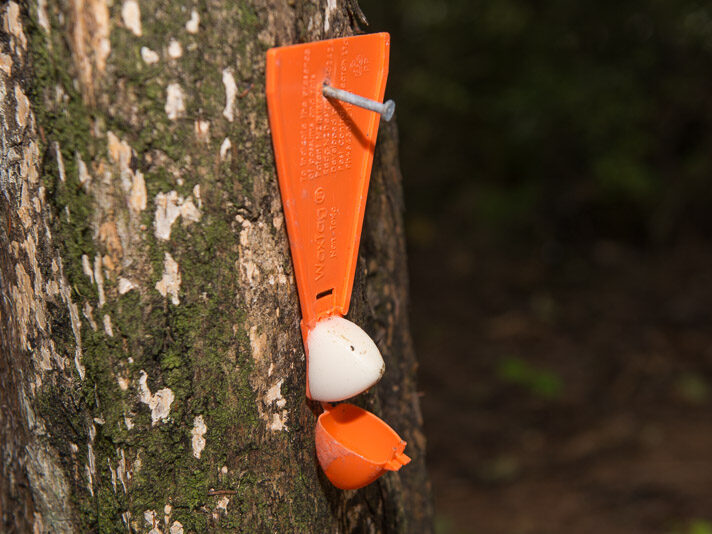ON THIS PAGE
Possum control options
First, make sure you have permission to be on the land (eg. from private landowners, iwi, DOC or your local council, depending on the target area).
Your toolkit may include one or more of the following tools:
- Bait stations – effective over large areas with dense possum populations while saving time, money and resources. However, you must carefully consider any potential effects of toxins on the area. Other wildlife and livestock must not have access to toxins.
- Trapping – useful for ongoing control once possum numbers are knocked down by toxins and/or night shooting, but it’s a slower and potentially less effective method.
- Shooting – can be a useful method for possums, especially at night (they are nocturnal) and during spring when they are abundant. Not effective for rodents or mustelids.
Note: all tools have their advantages, limitations and consequences. Overuse of the same tool will reduce its effectiveness. Tool selection depends on habitat, scale, which predators are present, and how much time and money you put into it.
Possums have seasonal preferences and are opportunistic feeders. You can move your trap or bait stations to target seasonal food supplies such as:
- supplejack, taraire, hinau, tawa fruiting in May and August
- pine pollen in July – August
- willow-poplar budding in October – December
- various orchard trees when fruiting throughout the year
Bait stations
Bait stations can save time, money and resources in large areas with high possum numbers.
Toxic baits can be an effective knockdown tool, followed by trapping to keep numbers down.
It is recommended that you alternate baiting with trapping or shooting for ongoing control over large areas. For more information, see tips on trapping and baiting.
If you’re new to bait stations, read our introduction to bait stations first, which includes an overview and safety advice.

Which toxic baits to use and when
Read our section on bait stations for targeting possums, which includes a list of baits commonly used by community groups.
Where to put your bait stations
DOC recommends setting them in a grid pattern as closely as possible, with 100mor less between lines and20–40m initially between stations or up to 100m in areas with low density. Set lines down ridges, spurs, and along contours on rugged terrain to achieve the necessary spacing.
Trapping
The type of trap you choose will depend on your budget and the time you have to check them.
Modifications to traps might be required if kiwi, weka, domestic cats or other non-target species are present.
Always wear gloves when handling your trap or catches.
Trapinator
This is a simple and effective way of trapping low-density possum populations and can be purchased from our online shop. It is an all-in-one, spring-set mechanism in a plastic box that is mounted by screws onto trees, one metre above the ground (or at least 1.3m if weka are present).
Read our instructions on setting up, baiting and checking a Trapinator.
Flipping Timmy

The Flipping Timmy possum trap is based on the Timms trap.
It is mounted vertically, generally on a tree, (removing the need to bend over) which ensures a clean catch area.
The Flipping Timmy is available from our online shop.
See our tips on setting up a Flipping Timmy.
What bait to use in your trap
Use highly palatable baits in your traps such as peanut butter, Connovation’s Smooth in a Tube or Possum Dough from Traps.co.nz. Possums don’t have a strong sense of smell, so a visual lure is also a good idea. Try this sweet flour paste recipe, as possums are attracted to the colour white.
Where to put your traps
Place your traps where you see signs of possum activity, eg. at the base of trees and posts and near tracks made by possums. Possums generally have a home range of around one to four hectares.
Set traps on lines 100m (or less) apart with a trap every 20–40m initially, or up to 100m in areas with low possum numbers or if using self-resetting traps. Use a compass and hip chain to measure the distance between traps and traplines. Use GPS or a map to plot and mark your traplines before heading out, then place markers/flagging tape to identify them. Number your traps. For more, see how to set traplines.
You can combine traplines to target more than one predator type by laying out your possum traps first, then plotting along the same traplines based on recommended spacing (see how to target ferrets, stoats and weasels in the bush).

Night shooting
This can be effective in rural areas if undertaken regularly. However, it generally isn’t considered a long-term option because possums can become light-shy.
Spring can be a good time for night shooting because that’s when their favourite foods become available, such as willow or larch buds. Possums can also be easily detected in ‘naked trees’. Use a spotlight and a .22 rifle or shotgun. You must follow all safety and legal requirements for firearms.
How to monitor results

To gauge the success of your possum control:
- use chew cards or wax tags before and after the control programme.
- record the number of possums trapped and/or the amount of bait taken.
- keep track of signs that possums have been browsing on seasonal foods such as supplejack, taraire, hinau, tawa, pine pollen, willow-poplar, orchard fruit.
For more advice, read our advice on how to monitor predator activity.

